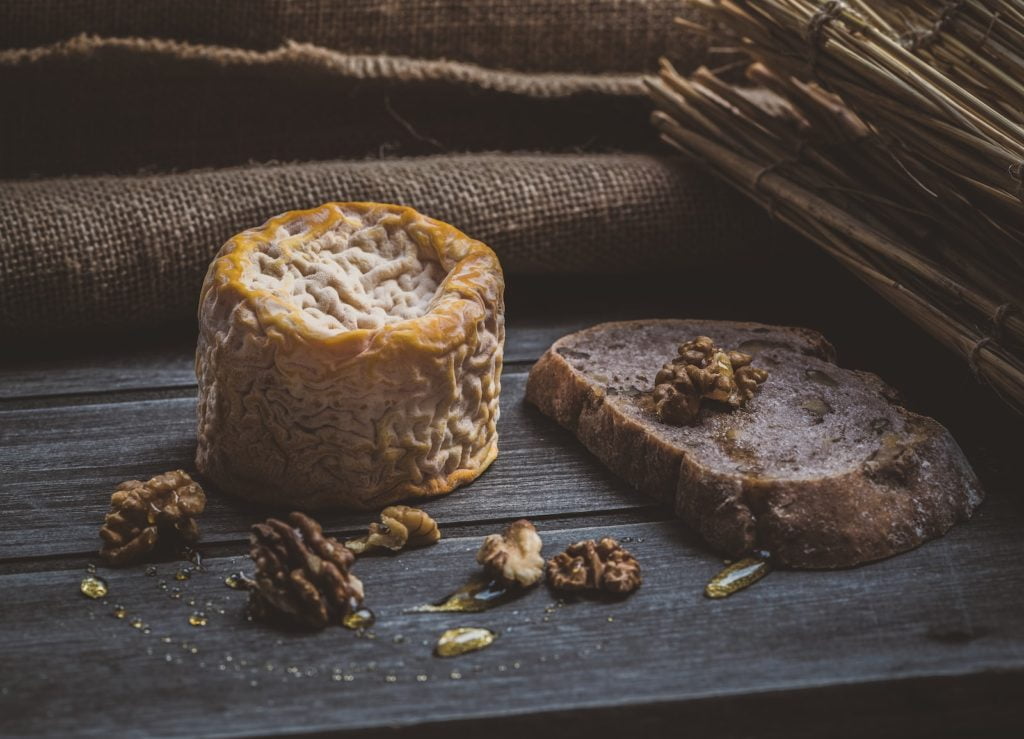Introduction
Our relationship with fatty acids as Westerners is very complex. On the one hand, we like high-fat foods that we consume in large quantities compared to developing countries. On the other hand, fats have a very bad reputation and are often seen as a fattening food that should be eliminated from the diet if we want to eat healthily.
Obviously, eating too much fat is not recommended for our health, because it generates a build-up of fat in our arteries, and in fine, is the main cause of heart attacks. However, these compounds are also essential to the proper functioning of our body. Total fat is usually the first information you read on a food label, but this information is meaningless because depending of the type, fat can be very good or very bad for you. Therefore, provided that we know which ones to favour and which ones to avoid, it remains the alpha and omega of a balanced diet.
Lipids
Lipids are a very diverse family of molecules which, with a few exceptions, have the common characteristic of being insoluble in water. They are essentially composed of carbon and hydrogen atoms, as well as oxygen, but in a smaller proportion. Our body gets more than twice as much energy from one gram of fat as it does from an equivalent amount of carbohydrate or protein.
The basic building block of lipids is the fatty acid, which is also called a carboxylic acid because it is composed of carbon atoms linked together to form a chain of variable length, these atoms being linked with hydrogen atoms. The longer the chain, the less soluble the fatty acid is in water, as short-chain fatty acids are more volatile.
Two carbon atoms may be linked together by one or two bonds, these atoms always forming four chemical bonds in total. When a fatty acid has no double bonds, it belongs to the saturated family, and will be monounsaturated with one double bond and polyunsaturated with several. Saturated fatty acids, such as those found in butter, are solid at room temperature, while unsaturated fatty acids are liquid.
The presence of double bonds in the carboxylic chain of a fatty acid makes it more susceptible to oxidation and alteration by heating. Thus modified, these fatty acids can no longer fulfil their function in the body. Vitamin E is one of the antioxidants that protect fatty acids from oxidation.
These fatty acids are rarely in a "free" state in the body, but are often associated with a small molecule consisting of three carbon atoms called glycerol. The latter can be associated with one, two or three fatty acids forming mono-, di- or triglycerides respectively. Triglycerides make up 95% of the oleaginous in the body, but also in food. Fatty acids are stored in this form in adipose tissue.
Other fatty acids exist in small quantities in the body with multiple functions that can be discussed in separate articles.
The good
To be fully honest, we don’t know with absolute certainty which fats are good for our health. However, if we should choose only one family, omega-3 fats would come at the top (see our range of omega-3 supplements).
Omega-3 and omega-6 are long-chain polyunsaturated fatty acids that perform vital functions in the body, such as in the development of the nervous or reproductive system and the mechanism of vision. When the diet does not provide enough of these fatty acids, two of them called "essential fatty acids" make it possible to manufacture all the others, linoleic acid (omega-6) and alpha-linolenic acid (omega-3). Two other fatty acids from the omega-3 family are also often considered essential because, although they can be made from alpha-linolenic acid by the body, they are made at insufficient levels. These fatty acids are mainly found in oily fish.
Having a high omega-3 versus omega-6 ratio is believed to be beneficial, but recent studies suggest it could be the other way around. Since, the body's pathways for synthesising these fatty acids are the same, an excess of one can prevent the manufacture of fatty acids from the other family. Therefore, rather than favouring one family over the other, it is probably more important to maintain the balance between omega-6 and omega-3 in the diet.
Beyond omega-3 and -6, unsaturated fatty acids have been shown to have health benefits, with walnuts and olive oil being the foods containing polyunsaturated fatty acids that have been shown to be most effective in preventing heart disease and stroke. The Mediterranean diet, which contains a high intake of nuts and olive oil, reduces the risk of heart attacks by 30% and significantly increases life expectancy.
The bad
Trans fats are definitely the worst for our health. They only come from processed or fried foods and should be eliminated from our diet without any qualms.
In the food industry, polyunsaturated fatty acids are often problematic due to their instability and texture and are therefore often subjected to hydrogenation. This process will break the double bonds between the carbon atoms to integrate hydrogen atoms. This mechanism will improve the texture of the food and extend its shelf life. Unfortunately, the positioning of these atoms (trans fatty acids) is not the same as for fatty acids from food. They are therefore not assimilated correctly by the body and will instead accumulate to form "bad" cholesterol.
Saturated fatty acids are one of the nutrients that have been singled out as being bad for health. The reality seems to be more nuanced and involves other factors which we will discuss below, but it is certain that these fatty acids, present in large quantities in processed foods such as cold cuts and red meats, increase the risk of cardiovascular disease.

The ugly
Cholesterol has been seen as the ugly, since the 80s, mainly because it was the only measure of oleaginous in the blood and associated with the risk of heart diseases. In reality, this is a very pointless medical marker, because it represents a mixture of bad and good lipids. In elderly women for example, high cholesterol appears to be protective against heart diseases. Recent studies suggest that the problem is not the amount of cholesterol but the region where the cholesterol localise. Along this line, the best marker to determine the risk of vascular disease would be a small cholesterol transporter called ApoB, which transport cholesterol in the wrong places, allowing lipids to form damaging plaques in blood vessels.
As explained above, saturated fats are also considered to be part of the ugly guys. However saturated fats present in dairy products like cheese and yoghurt have been shown to be healthy in countries like France.
Behind this French paradox lies an association that is strongly concerning in the Anglo-Saxon world. French cheeses and yoghurts are alive and contain the microorganisms that allow the assimilation of saturated fatty acids by the body, unlike sterilised cheeses whose consumption is strongly associated with the development of obesity. Microorganisms could be the real fat eaters. In this regard, I would devote a complete article to the subject of our links with the microorganisms that work for us in the shadows to enable us to stay in good health.
Conclusion
In summary, fat is a vital high-energy nutrient in our diet and should be consumed in all its forms, but with moderation. Oily fish are particularly recommended because they contain omega-3s that our body does not produce or produces in limited quantities. “Living” dairy products like cheese as well as products rich in polyunsaturated fatty acid like olive oil or walnuts, which consumption is correlated with longer and healthier life, should also be part of our daily meals.
On the other hand, we should avoid trans fats and saturated fat from processed foods or fried foods and strongly limit the intake of fats from red meats.

